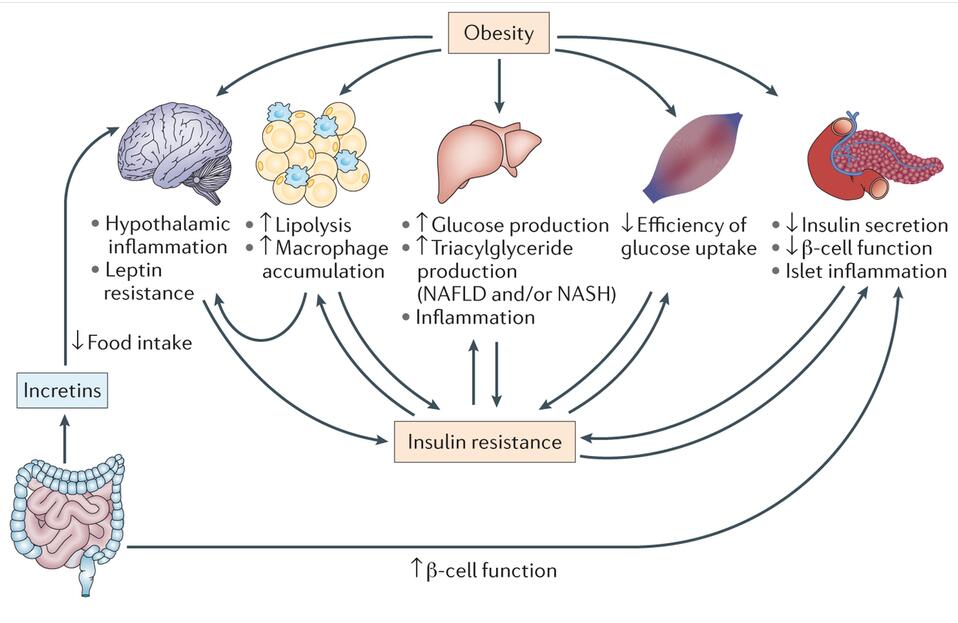A potential type 2 diabete drug Target--- G protein–coupled receptor
www.fn-test.com 2017-5-31

Human glucagon class B G-protein-coupled receptor (GCGR) is a 62 kDa protein which belongs to the class B G-protein-coupled receptor family. GCGR is a potential drug target for type 2 diabetes and plays a key role in glucose homeostasis and the pathophysiology of type 2 diabetes.
human glucagon class B G-protein-coupled receptor is activated by glucagon and is a member of the class B G-protein coupled family of receptors, coupled to G alpha
i, Gs and to a lesser extent G alpha q. Stimulation of the receptor results in activation of adenylate cyclase and increased levels of intracellular cAMP. In humans, the glucagon receptor is encoded by the GCGR gene.
Glucagon receptors are mainly expressed in liver and in kidney with lesser amounts found in heart, adipose tissue, spleen, thymus, adrenal glands, pancreas, cerebral cortex, and gastrointestinal tract.
Fine Test Related G-protein-coupled receptor Products
| EH14551 | Human GPBAR1 (G-protein coupled bile acid receptor 1) ELISA KIT |
| EH14553 | Human GPR12 (G-protein coupled receptor 12) ELISA KIT |
| EH1361 | Human GPER(G-protein coupled estrogen receptor 1) ELISA Kit |
| EM0539 | Mouse Gper(G-protein coupled estrogen receptor 1) ELISA Kit |
| EM6996 | Mouse Gpr12 (G-protein coupled receptor 12) ELISA KIT |
| EM6995 | Mouse Gprc6a (G-protein coupled receptor family C group 6 member A) ELISA KIT |
| EM6994 | Mouse Gpbar1 (G-protein coupled bile acid receptor 1) ELISA KIT |
| ER6537 | Rat Gpbar1(G-protein coupled bile acid receptor 1) ELISA Kit |
Reference
1. G protein-coupled receptors as targets for anti-diabetic therapeutics
Da Young Oh & Jerrold M. Olefsky
Nature Reviews Drug Discovery 15, 161–172 (2016) doi:10.1038/nrd.2015.4
2. Structure of the human glucagon class B G-protein-coupled receptor
Fai Yiu Siu1,Min He2, Chris de Graaf3, GyeWon Han1, DehuaYang2, Zhiyun Zhang2, Caihong Zhou2,Qingping Xu4, DanielWacker1,Jeremiah S. Joseph1,Wei Liu1, Jesper Lau5, Vadim Cherezov1, Vsevolod Katritch1, Ming-Wei Wang2 &Raymond C. Stevens1
